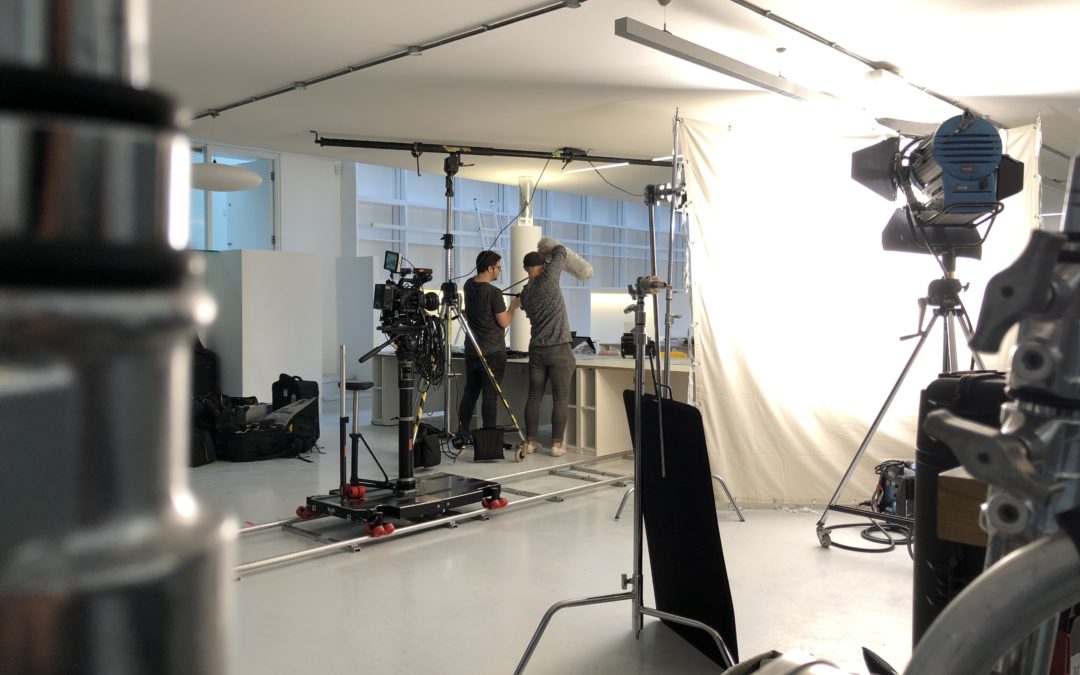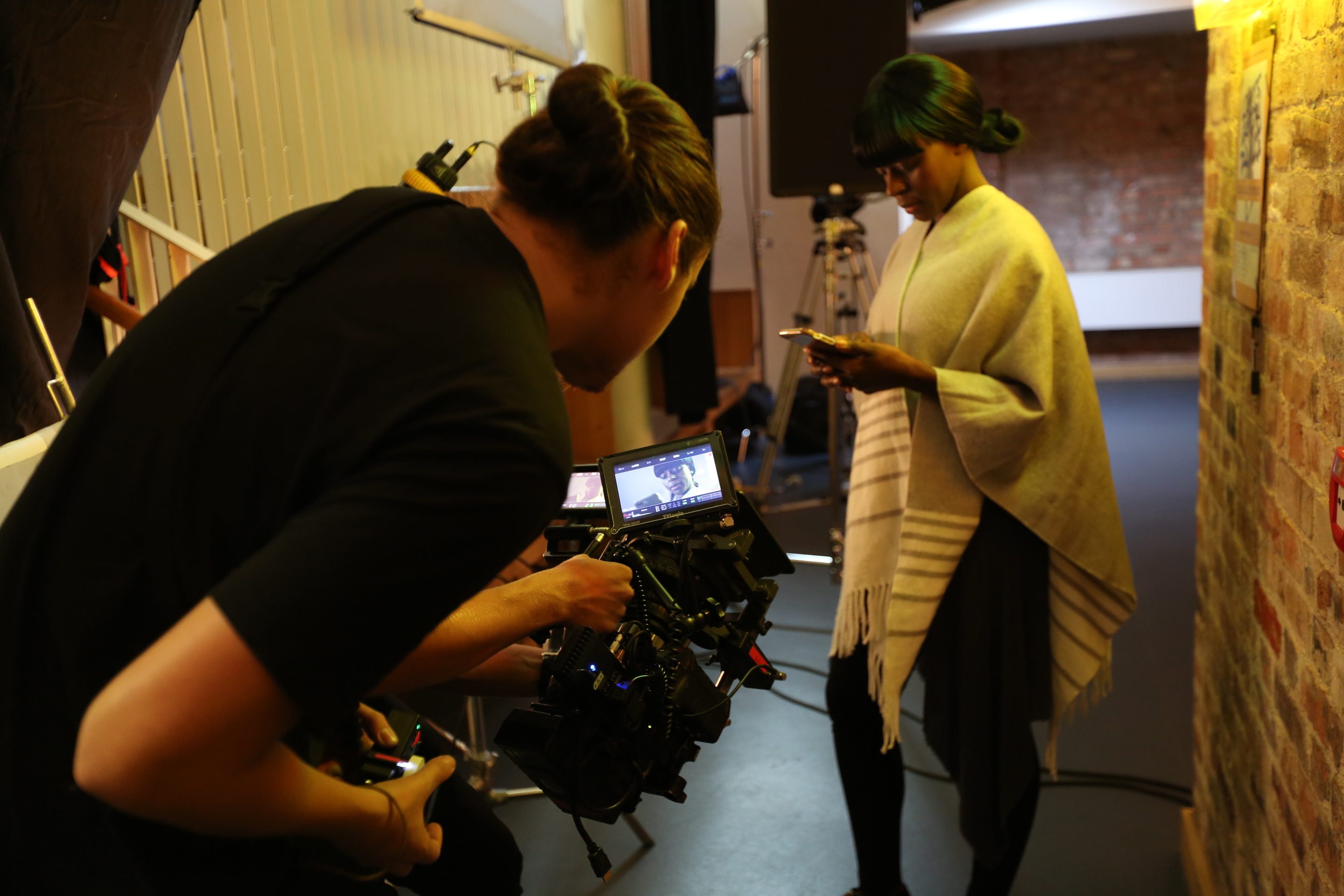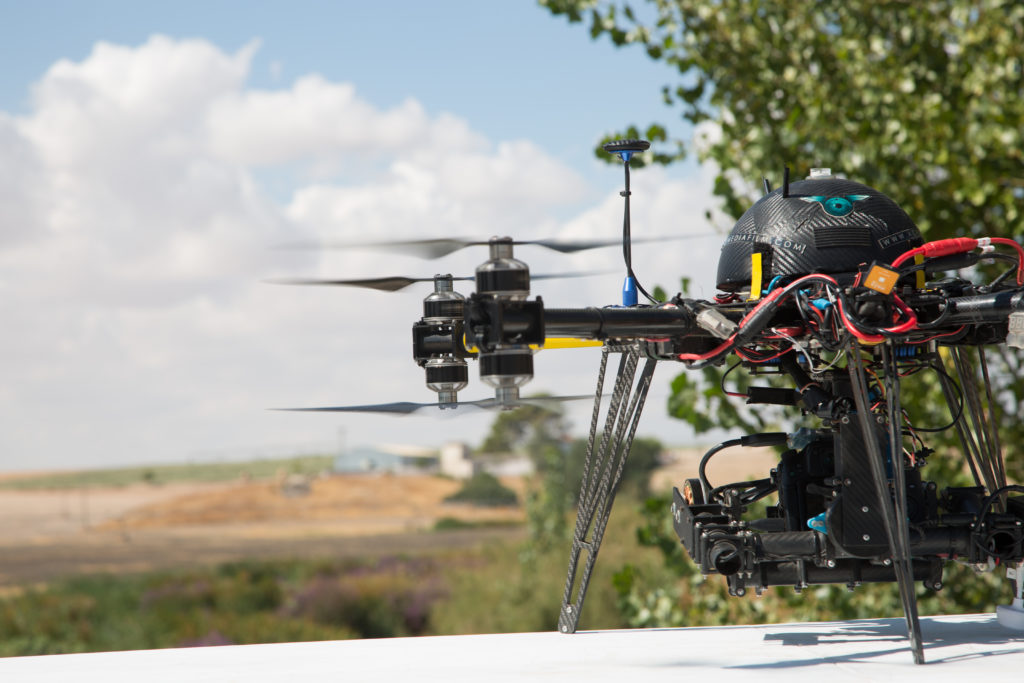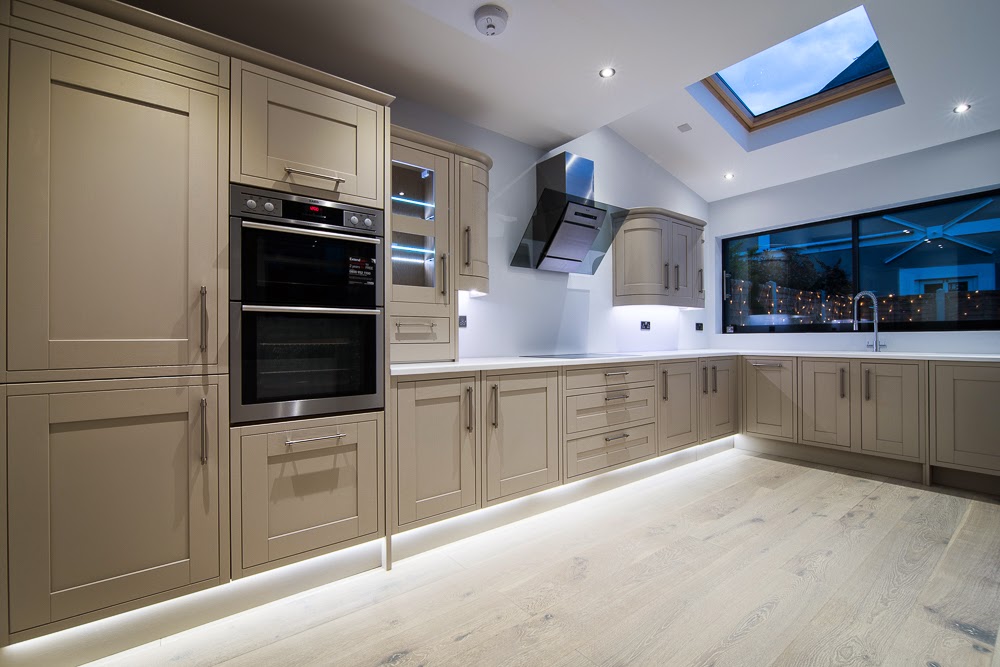
One of the amazing things about modern filmmaking is how affordable it is becoming. In the past, only huge brands had the budget to make television commercials and advertisements for a wide range of audiences. With the lowering prices of filmmaking equipment and the rise of social media, it is now possible to make cheap, impactful promos to spread the word about your company’s product or service.
One of our specialities is meeting our client’s budget, and producing content that exceeds their expectations. We have compiled a list of tips and techniques to help you get the most out of a small budget. We will cover:
- Pre-Production Meetings

- Equipment Rental
- Digital Imaging
- Locations
- Crew
- Catering
Pre-production
One of our top suggestions with making every pence count is to plan ahead. The most important of these steps is to have a pre-production meeting. (At least one!) We recommend that you get the heads of department together so that everyone can ask and answer questions in a round-table manner. This will ensure everyone is on the same page, and also saves the producer (who is generally the liaison) a lot of production time.
Another recommendation for pre-production is to have a call sheet. This is a simple document that can save you many-a-headache on the day-of. The 1st Assistant Director is traditionally the one that takes care of this, although if you are working as a skeleton crew, the Production Manager or Producer can also create one. All of the shooting setups should be listed on the filming schedule for each Head of Department.
One other tip is to have a very brief pre-shoot meeting. Brief everyone beforehand and make sure all questions are answered. This will save you time on-set and ensure there are not setup mix-ups during shooting.
Equipment
This is a responsibility that will fall on the Director of Photography. We recommend to only rent the equipment that you absolutely need. Yes, it can be ‘cool’ to have a jib on a dolly, but do you really need it to achieve the style your client is looking for? By only booking the equipment you need, you are saving money manyfold. Firstly, on equipment rental. Second, on equipment transport (we’ll talk more on that in a second). Thirdly, on staff–you may need to hire additional people for kit like drones, dollys, or jibs.
Keep in mind that hiring a Production Driver with a van can be cheaper than hiring a van and a driver separately.
In addition to a call sheet, make sure to put together a movement order for the equipment transport and the crew involved. This can be as simple as the pickup and drop-off location addresses, and instructions on how to get there. This is made easier by GPS and Google Maps on smartphones, but it also can’t hurt to hire a local that is familiar with the area.
Digital Imaging Technician
DIT is the process of copying your footage (rushes) from camera cards to hard drives. This is typically done on at least two hard drives, as one might break. The raw footage is extremely valuable, as you have had to spend so much time and money to procure it, so you have to make sure that you do the DIT process in an environment where your digital imaging technician can concentrate. Often this process happens at the location post-wrap. However, if you’re on a time-pressured shoot, the director may wish to keep filming up to the last minute before you have to leave the location.
If this happens, then the DIT of the remaining files needs to happen off-site, which can lead to people sitting in a pub, copying camera cards. This is not necessarily the best environment for concentration, or for having delicate computer equipment sitting on tables near pints of beer. As copying large amounts of data can take several hours, it’s best to have a contingency plan for DIT to take place. Our recommendation is to have your DIT take place as you go. Once a camera card has been filled, begin to copy it over. This can save your staff time and your budget money.
Locations
 Get your locations locked in as soon as possible. Oftentimes, if location companies know you are in a crunch, they will charge a last-minute booking fee, or up their prices.
Get your locations locked in as soon as possible. Oftentimes, if location companies know you are in a crunch, they will charge a last-minute booking fee, or up their prices.
We recommend finding a catch-all location. For example, if you will need an office space and a studio, try to find a place that has both. This will save you rental money and time on transport.
Facebook groups are a good way to find locations. However, always have a plan B if you are not going through a location agency, as you are not as well-protected if you don’t go through an agency.
Our suggestions is to have your director and director of photography scout the location beforehand, as well. This will ensure that the crew knows what they are walking into on the day-of. The DOP and director will also be better able to create shooting setups in pre-production, which will save you time during the shoot.
Crew
On a low-budget shoot, we recommend paying the crew a flat-rate each. Usually, there is a payment hierarchy, with the director being paid the highest, and the production assistants/runners being paid the lowest.
Just be open with your staff–the director and DOP will be getting a great showreel piece, but the assistant-directors and runners are not. Due to this, it is only fair to pay them all the same in a low-budget situation.
Lunch
We all know that people like their food, and crews really like their lunch. We recommend checking if anyone has any special food requirements ahead of time. It is a lot cheaper to arrange for a gluten-free vegan meal beforehand than it is to have one delivered on-the-day. Appearance matters, as well–even if you are buying cheap, buy food that looks good. Pizzas are a good idea, but make sure you order enough. Crews are much more productive when they have a satisfying lunch.
Conclusion
There you have it–those are our top tips for stretching a small budget. As you have read, our biggest piece of advice is to plan ahead as much as you can. Foreseeing and arranging for any possible mix-ups can save you a lot of time and money. Communication is key, especially between the heads of department. Give all the information you can on the project ahead of time, and this will ensure your shoot goes smoothly (and saves you money in the process)!
